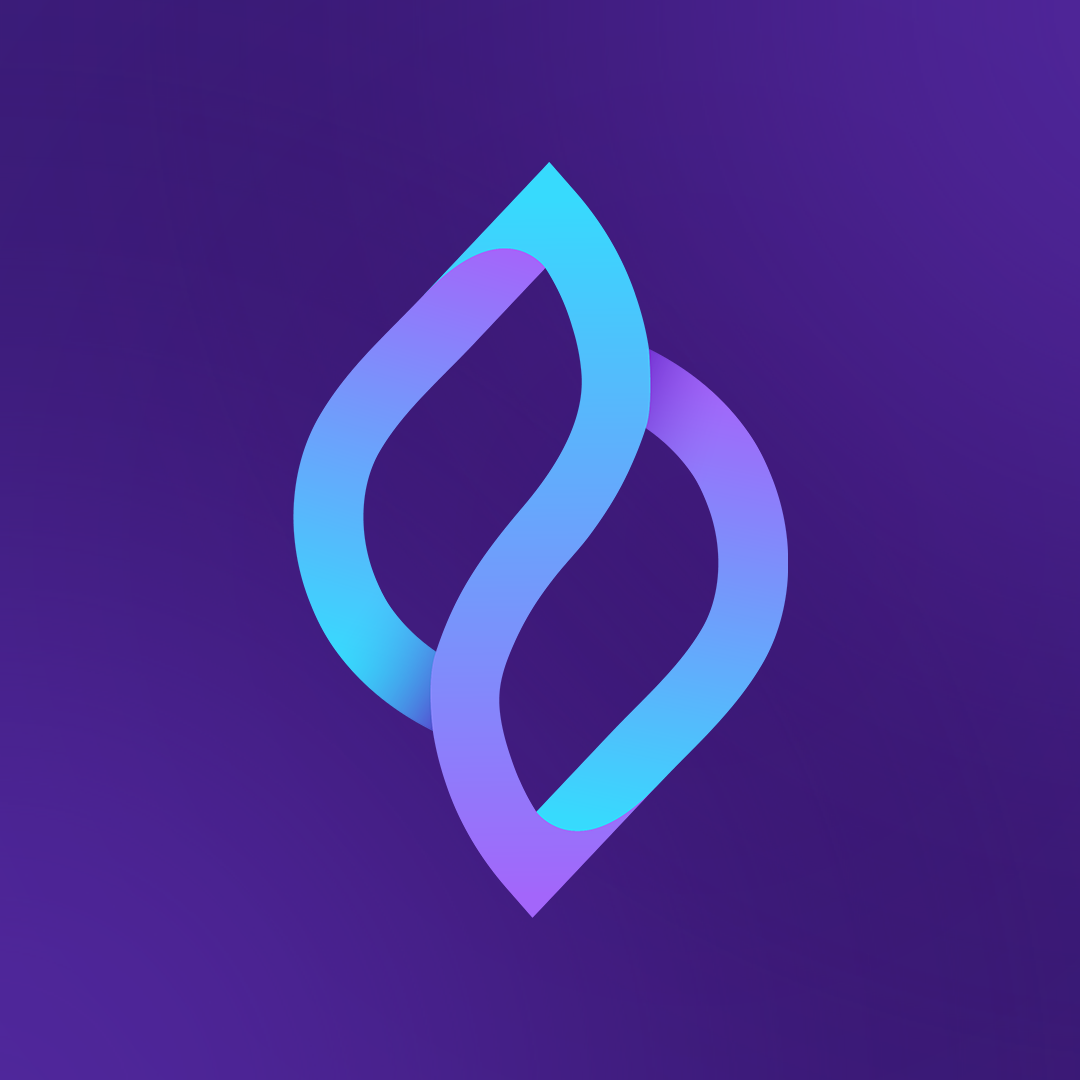Deep Dive
1. Myria AI Launch (11 July 2025)
Overview: Myria AI acts as an intelligent assistant for developers, automating blockchain tasks such as contract deployment and NFT minting.
The tool integrates with Myria’s SDK, allowing developers to bypass manual coding for common tasks. For example, users can ask, “How do I mint an NFT?” and receive step-by-step guidance validated against Myria’s codebase.
What this means: This is bullish for MYRIA because it lowers entry barriers for game developers, potentially accelerating ecosystem growth. Reduced friction could attract more projects to build on Myria’s L2.
(Source)
2. ZK-Proof Integration (16 July 2025)
Overview: Myria co-hosted a session exploring zero-knowledge proofs (ZKPs) to verify in-game AI decisions without exposing sensitive data.
This update hints at codebase adjustments to support ZK-based trust mechanisms for gameplay (e.g., mission completion proofs). Such features aim to combat cheating while preserving user privacy.
What this means: This is neutral for MYRIA, as implementation remains speculative. If adopted, it could differentiate Myria’s gaming ecosystem but depends on developer uptake.
(Source)
3. SDK Optimization (24 July 2025)
Overview: Myria AI now provides real-time answers to SDK-related queries, reducing time spent parsing documentation.
Developers can troubleshoot errors or check SDK updates via natural language prompts. The system cross-references queries with the latest codebase revisions to ensure accuracy.
What this means: This is bullish for MYRIA because faster development cycles could lead to more games launching on Myria, driving token utility and network activity.
(Source)
Conclusion
Myria is prioritizing developer experience through AI tools and privacy-focused tech, aiming to solidify its position in Web3 gaming. While these updates signal long-term ecosystem growth, adoption hinges on sustained technical execution. How will Myria balance AI automation with maintaining codebase security as complexity grows?





 Most Visited
Most Visited Community Sentiment
Community Sentiment Chain Ranking
Chain Ranking Bitcoin Dominance
Bitcoin Dominance Market Cycle Indicators
Market Cycle Indicators Relative Strength Index (RSI)
Relative Strength Index (RSI) Bitcoin Treasuries
Bitcoin Treasuries BNB Treasuries
BNB Treasuries Overall NFT Stats
Overall NFT Stats Upcoming Sales
Upcoming Sales Signals
Signals Trending
Trending New
New Gainers
Gainers Meme Explorer
Meme Explorer Top Traders
Top Traders Feeds
Feeds Lives
Lives Articles
Articles Research
Research